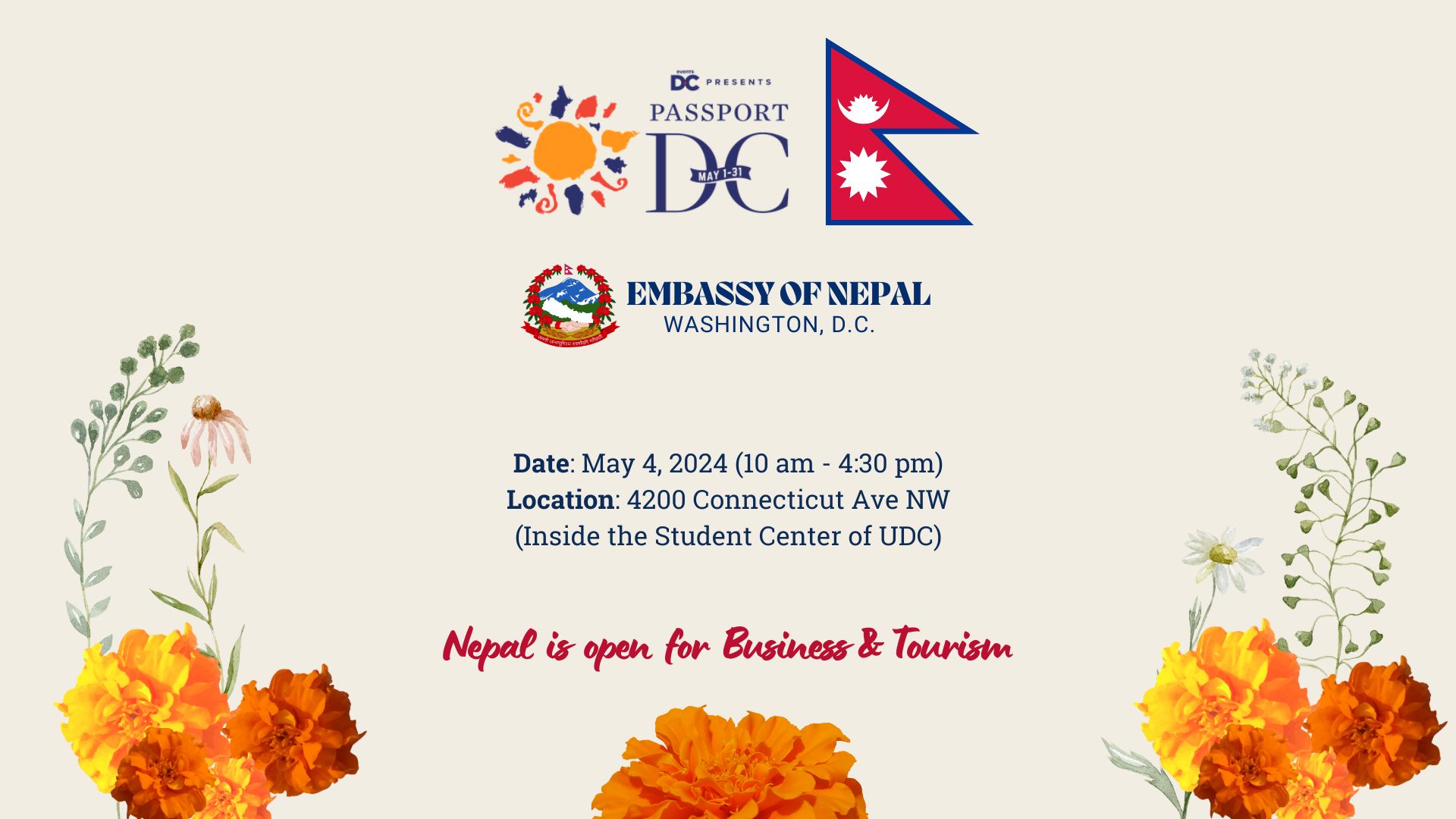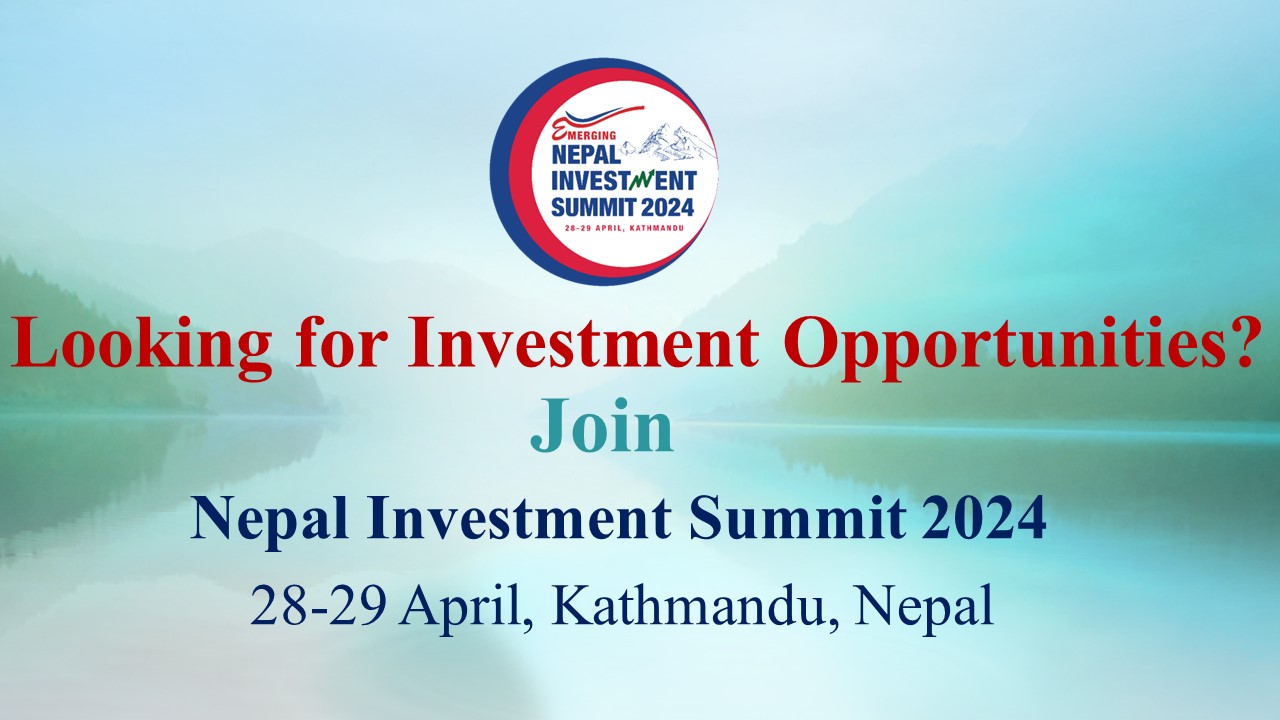Remarks on Nepal-US Relations
by
Ambassador Sridhar Khatri
at
The CSIS Think Tank Luncheon Meeting
7 July 2022
Mr. Rick Rossow,
Senior Adviser and Wadhwani Chair in U.S.-India Policy Studies at the Center for Strategic and International Studies (CSIS),
Distinguished representatives of Washington-based prestigious think tanks and research institutions,
Dear friends!
Thank you for inviting me to this luncheon meeting with the distinguished members of the think-tank community in Washington, D.C.
Having been personally involved with a few research and think-tanks myself over the years, it is very refreshing for me to find myself in the midst of such an august gathering.
Since I arrived in Washington D.C. nearly four months ago, my first and foremost priority has been to build on the relations that Nepal and the United States has developed over the past 75 years. Since taking over this assignment, I’ve been most fortunate to have the support of various individuals from the many departments and agencies of the US government. I have worked closely with the American Ambassador to Nepal, Randy Berry, who has done a phenomenal job during his long tenure in Nepal. Before even coming to Washington, he linked me up with Assistant Secretary of State Donald Lu and Deputy Assistant Secretary Kelly Keiderling, when both of them were in Kathmandu. Since arriving here, the State Department, the USAID and other agencies of government, including the Peace Corps, have been most cooperative in ensuring that the relations we have build over the years will continue to grow on a sound footing in the future.
Today, I consider it privilege to be in one of the hallowed grounds of think tanks in Washington, D.C. where movers and shakers of polices are credited for thinking beyond the mundane day-to-day affairs to make sense of what is going around in the world today. I come here today not only to share with you briefly some of the issues I see before me, but also to learn from you as we interact with each other during the Q &A period. In order to kick start our discussion, let me just highlight a few points that might be important for a meeting of this nature.
For any member of a diplomatic community, exchange of high-level visits between the two countries is always top in the list of priorities. As most of you are already aware, we are working on the possibility of a visit from the Prime Minister of Nepal Rt. Hon. Sher Bahadur Deuba in a very near future. Hopefully, this will top the high-level exchange in the 75th Anniversary of diplomatic relations between our two countries. This year alone many top officials from the US government have visited Nepal. They include among others, Under Secretary Urza Zeya, Assistant Secretary Donald Lu, Deputy Assistant Secretary Kelly Keiderling, and Anjali Kaur from USAID. Our Chief of Army Staff, Gen. Prabhu Ram Sharma, was also in the States on a goodwill mission just about a week ago.
High-level visits are important to ensure that the trust and understanding that binds our relations are not taken for granted, especially in a world that is changing rapidly before our own eyes. As the smaller partner in the relationship, it is not surprising for Nepal to expect our level of cooperation to move up a notch higher with official/state visits by top leaders from both sides. This has happened in the past, and not to build on it now, and for the future, would be to falter on our responsibilities.
As you may know, Nepal and the United States of America established diplomatic relations on 25thApril 1947. The US is the second country, only after the UK, with which Nepal established diplomatic relations. This historical quirk explains much of why Nepal values its relations with the United States and why we consider it necessary to build on it for the coming years.
As I see it, there are four pillars on which Nepal-US relations will rest on in the coming years. Two of them have been the foundations of our relations in the past; and the way we deal with the other two will determine how much stronger we will be when working together in the future.
The first two include the US support for Nepal’s development programs and the US support for the initiative Nepal has taken to ensure governance in the country. The genesis of the US development assistance was the Point Four Program of 1951, which initially provided $300,000 to Nepal. This was then a huge sum of money and it was the first hard currency that was deposited in a newly created financial institution in the country since Nepal, just then emerging from 104 years of isolation from the rest of the world, didn’t even have a national bank of its own.
Some statistic below explains where the US assistance to Nepal stands today:
- Today, the US is the fourth largest development partner of Nepal in terms of amount disbursed during the fiscal year 2019/20 among both bilateral and multilateral partners.
- The US is also the 4th largest investor in Nepal. As of July 2020, Rs. 13.3 billion FDI has been pledged for investment in Nepal from the US, in 417 different companies. It is estimated that these investments are likely to generate 18,848 jobs.
- In the aftermath of the 2015 earthquake, the US provided over $190 million for earthquake relief, recovery, and reconstruction.
- Just this February 2022, Nepal Parliament ratified the $500 million Millennium Challenge Corporation (MCC) grant, in which Nepal itself has added $130 million on its own. It will help establish energy connectivity by providing 300km of electricity transmission lines and upgrading of 305km of roads.
- The US also stand as the largest bilateral development partner supporting Nepal’s effort to deal with the COVID19 pandemic. It has provided vaccines and other medical relief support during the height of the pandemic.
The second pillar is the US support for strengthening governance in Nepal. Our country has a long history of democratic struggle. The historic political achievement of these struggles was finally institutionalized with the framework of the Constitution promulgated in 2015. With the new political framework of democratic federal republican order in place, focus of successive governments in the country has been to accelerate economic transformation to sustain those historic political gains. For any democratic government, the challenge is to deliver on the people’s growing needs and aspiration, which eventually means the country’s own economic prosperity. The US has recognized Nepal’s democratic achievements and it is one of the many countries participating in the Democracy Summit organized by President Joe Biden.
As you can see, relations between Nepal and US are on solid grounds today. The strength of our relations for the future will be influenced by how well both of our countries appreciate each other’s situation in this rapidly changing global environment. This is where I believe lies the third and fourth pillar of our relations.
Nepal’s geo-political location between the two of the great civilizations and rising political and economic global players—India and China—creates tremendous opportunity for Nepal to transform from our traditional status of a land-locked country into a land-linked country. We intend to leverage this position to transform our economy and plan to graduate ourselves from the least developed country status into a develop country by the end of 2026, and into a middle-income country by 2030. To achieve these goals, we rely on US understanding and support as one of the biggest long-standing development and trade partner.
The fourth pillar of our relationship will be based on our appreciation of Nepal’s role as a nonaligned country. Before nonalignment as a policy came into vogue in the midst of the Cold War period, it was a policy dictated to Nepal by its geostrategic location. Nonalignment as the bedrock of Nepal’s foreign policy is today enshrined in the constitution of the country, as it has served the country well over the years. For Nepal nonalignment does not mean neutrality, but active participation on international issue, without fear or favor. As a nonaligned country Nepal hopes to work together with the United States in dealing with challenging issues of our times, including on existential issues such as climate change and the traditional peace and security matters that every nation faces from time to time.
Let me stop here now and take up any questions you may have, or issues you would like to discuss.
Thank you!


